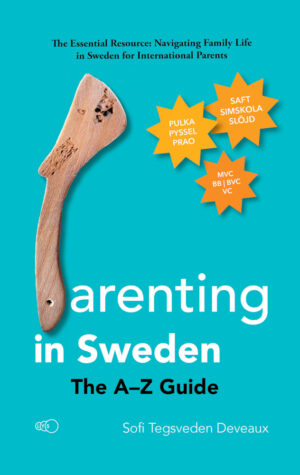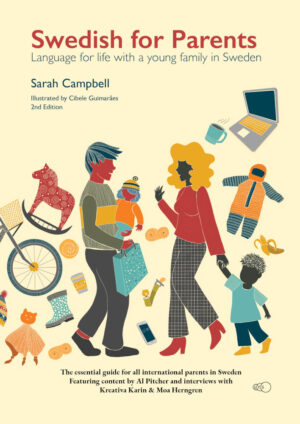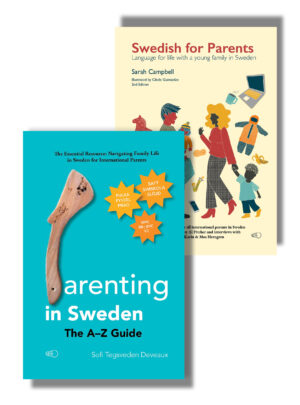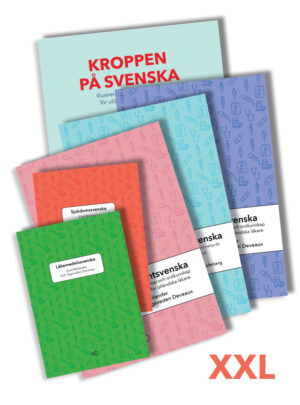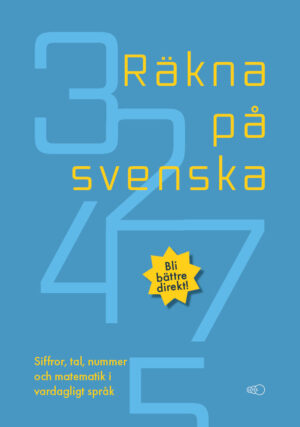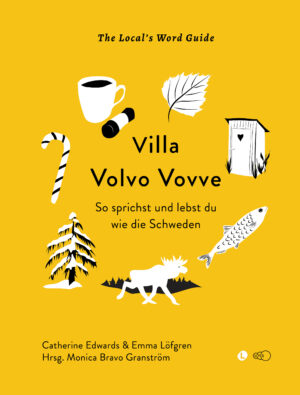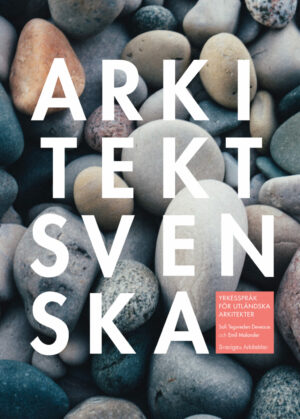The unwieldy antlers, the mystical presence, the traditional Nordic companion. It could only be a moose. Or a reindeer. Unravelling the truth about both creatures is an exercise in mythical and actual history, pop culture, and lived experience which often reveals an unpleasant truth.
Written by Gil Reavill, co-author, This Land is No Stranger
The emblematic animal of the US is the eagle, that of NZ, the kiwi, and for Russia, it’s the bear. In this nationalistic menagerie, the moose represents the great country of Sweden. (It’s also the state animal of Maine in the US.) Moose are very well represented in the souvenir and trinket shops of Sweden, and the iconic beast makes cameos in a host of Swedish mysteries and Nordic Noir crime novels, too.
To my mind, though, the reindeer ranks right up there as a totem of all things Nordic. Pity the poor Rangifer tarandus, the reindeer, which is no nation’s national animal. Lapland, its home range, is technically not a nation at all, but a region, including parts of Sweden, Norway, Finland, and Russia. That’s Lapland, the land of the Sami people. Krister Hammar, a central character in This Land Is No Stranger, has Sami heritage from his mother’s side. And of course, since reindeer and caribou are the same animal (who knew?), the range extends to the lands of the Inuits, too, including Greenland, Canada, and Alaska.
So, moose or reindeer—which one wins? It depends upon the rules of engagement. In physical combat, there would probably be no contest. The moose is by far the heavyweight of the deer family, while the reindeer tips the scale as a middleweight at best. But what about other standards of measure? What if we rank the two Cervidae species in terms of mythology, pop culture, fun facts, or this writer’s own personal experience with each animal?
Is that a moose?
Let’s take the moose first. In English, the word “moose” comes from Algonquin words for “twig eater” or “bark-stripper.” Growing up I spent a few summers on a Native American reservation in Wisconsin, while my dear departed mother taught early education classes to the children of the local Menominee tribe. I remember a group there was labeled the “Moose Clan.” The moose was long an important food animal for the woodland tribes, and in some areas of Canada it still is.
Glooscap is the legendary founding figure of indigenous New England people, a larger-than-life hero who had a mythological hand in shaping the moose as it is today.
The first moose was so tall that it reached to the sky and looked altogether different from the way it looks now. It trampled everything in its path — forests, mountains, everything. “You’ll ruin all creation,” Glooscap said. “You’ll step on people and kill them.” Glooscap tapped the moose on the back to make it small, but the moose refused to become smaller. So Glooscap killed it and recreated it in a different size and with a different look. In this way Glooscap made everything as it should be.
I have an unfortunate personal association with the moose, a memory I have tried but failed to erase from my mind. Isle Royale, a large island in Lake Superior, one of the American Great Lakes of the Midwest, has a significant moose population. Good swimmers, they paddle over from the Canadian mainland.
During a hike on Isle Royale I encountered a large bull moose. You can tell the gender even from a distance, since only males have antlers. Males also have larger bells or dewlaps hanging from their chins, with size indicating dominance. The bells occasionally freeze and snap off in harsh weather.
There was something terribly wrong with the particular moose specimen I saw. His dewlap was long and intact, but his body appeared completely matted with some sort of glistening pebbles. On closer inspection (but not too close!) the poor creature proved afflicted (warning: grossness ahead!) with hundreds of gray, blood-swollen, M&M-size ticks. The pelt of parasites swayed with the big beast’s every movement. Ugh!
A friend or foe?
The moose makes a guest appearance, or actually a ghost appearance, in This Land Is No Stranger. During a blizzard, Veronika Brand and Lukas Dalgren drive together in his Tesla, with Veronika behind the wheel. They’re passing through the empty, heavily forested uplands of western Sweden. Lukas warns the detective, who as a New York City girl might not have had much experience with the species:
“Just keep a watch for any stray moose that might come our way.”
“Moose…?”
“The big creatures will be out in this. They look to avoid deep snow with those long wobbly legs. That’s what brings them out of the woods. They look for paths, plowed roads. You don’t want to meet one head on. In Sweden, all vehicle models are road-tested to see if they will withstand a direct collision with a moose.”
“Are you serious?”
“Yes, it’s true.”
There are indeed around 6,000 vehicle-moose collisions in Sweden every year. On the other side of the balance sheet, 20,000 moose are killed annually in Sweden by hunters.
Given the considerable weight that the moose brings to the moose-reindeer match-up, you’d think the smaller animal would come up short. But of course, the slighter, slimmer, more dainty deer has a trump card to play. These are the beasts that pull Santa’s sleigh, after all. On a more serious note, Arctic peoples around the globe rely on an intense, symbiotic relationship with the species. The Sami and the Inuit are the best known, but others include Alaskan and Canadian tribes such as the Inupiat, the Inuvialuit, the Hän, the Northern Tutchone, and the Gwich’in, plus the Nenets of Russia and the Dukhans of Mongolia. Well over a quarter million people depend on hunting reindeer or domesticating them. Meanwhile, the circumpolar Arctic has lost 2.6 million reindeer or caribou over the last two decades.
The Christmas kicker
But enough with depressing reality, how about that Rudolph? The legend of Rudolph, the little red-nosed reindeer that could, began as a 1939 promotional pamphlet written for a US department store, a Christmas coloring book put out by Montgomery Ward. I guess it’s only fitting that an enduring symbol of Christmas had such a consumerist inception.
It turns out there are several flaws in the tale. Reindeer are the only deer species with fur completely covering their noses, so Rudolph’s beacon-like schnozz would have been obscured by a hairy fringe. Plus, what gender might our champion be? Rudolph’s always referred to as “he,” but there’s a problem with that. Male reindeer drop their antlers in fall and don’t grow them back until spring. Females keep theirs throughout the winter. So if you are going to portray Rudolph as being antlered at Christmas, he has to be a she. Rudolpha? Rudolphine?
I have petted domesticated reindeer. I have gazed into their large, dreamy eyes. My encounters with them have almost—not quite, but almost—blocked out the image of a sick, tick-infested Isle Royale moose. On the basis of their charisma, their usefulness as a human resource as food and transport (Sami people hook them up as draft animals to pull snow sleds!), and their unchallenged centrality in holiday culture, I’m going to make the call that reindeer have it all over the moose.
Which are you? Team Reindeer or Team Moose? Or is it just too much that Rudolph is actually female?

